The University of Pennsylvania Carey Law School is the law school of the University of Pennsylvania, a private Ivy League research university in Philadelphia, Pennsylvania. Penn Carey Law offers the degrees of Juris Doctor (J.D.), Master of Laws (LL.M.), Master of Comparative Laws (LL.C.M.), Master in Law (M.L.), and Doctor of the Science of Law (S.J.D.).
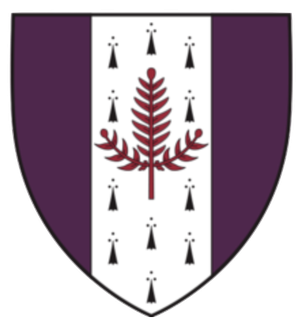
Stanford Law School (SLS) is the law school of Stanford University, a private research university near Palo Alto, California. Established in 1893, Stanford Law had an acceptance rate of 6.28% in 2021, the second-lowest of any law school in the country. George Triantis currently serves as Dean.
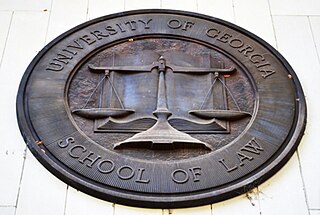
The University of Georgia School of Law is the law school of the University of Georgia, a public research university in Athens, Georgia. It was founded in 1859, making it one of the oldest American university law schools in continuous operation. Georgia Law accepted 14.77% of applicants for the class entering in 2023.

The University of Chicago Law School is the law school of the University of Chicago, a private research university in Chicago, Illinois. It employs more than 180 full-time and part-time faculty and hosts more than 600 students in its Juris Doctor program, while also offering the Master of Laws, Master of Studies in Law and Doctor of Juridical Science degrees in law.
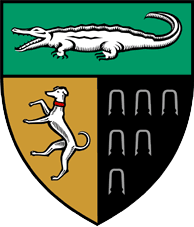
Yale Law School (YLS) is the law school of Yale University, a private research university in New Haven, Connecticut. It was established in 1824. The 2020–21 acceptance rate was 4%, the lowest of any law school in the United States. Its yield rate of 87% is also consistently the highest of any law school in the United States.
Boston College Law School is the law school of Boston College, a private Jesuit research university in Chestnut Hill, Massachusetts. It is situated on a 40-acre (160,000 m2) campus in Newton, Massachusetts, about 1.5 miles (2.4 km) from the university's main campus in Chestnut Hill.

The Georgetown University Law Center is the law school of Georgetown University, a private research university in Washington, D.C., United States. It was established in 1870 and is the largest law school in the United States by enrollment, with over 2,000 students. It frequently receives the most full-time applications of any law school in the United States.

The William S. Richardson School of Law is the professional graduate law school of the University of Hawaiʻi at Mānoa. Located in Honolulu, Hawaii, the school is named after its patriarch, former Hawaii State Supreme Court Chief Justice William S. Richardson, a zealous advocate of Hawaiian culture, and is Hawaii's only law school.
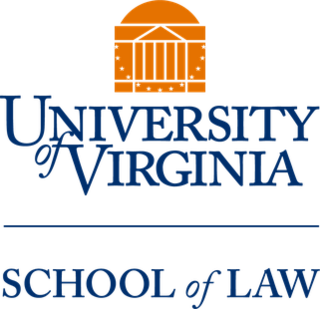
The University of Virginia School of Law is the law school of the University of Virginia, a public research university in Charlottesville, Virginia.
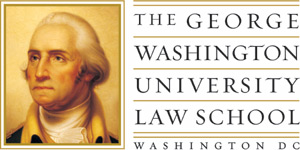
The George Washington University Law School is the law school of George Washington University, in Washington, D.C. Established in 1865, GW Law is the oldest law school in the national capital. GW Law has 275 elective courses in business and finance law, environmental law, government procurement law, intellectual property law, international comparative law, litigation and dispute resolution, and national security and U.S. foreign relations law.
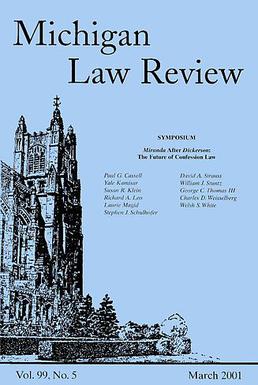
The Michigan Law Review is an American law review and the flagship law journal of the University of Michigan Law School.
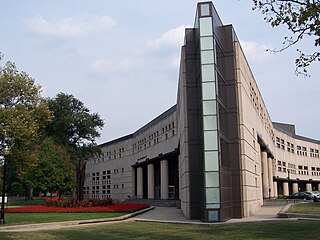
The Michael E. Moritz College of Law is the law school of Ohio State University, a public land-grant research university in Columbus, Ohio. Founded in 1891, the school is located in Drinko Hall on the main campus of the Ohio State University in Columbus. The school is accredited by the American Bar Association (ABA) and is a charter member of the Association of American Law Schools.

The Northwestern University Pritzker School of Law is the law school of Northwestern University, a private research university. The law school is located on the university's Chicago campus. Northwestern Law is considered part of the T14, an unofficial designation in the legal community as the best 14 law schools in the United States.
The University of Texas School of Law is the law school of the University of Texas at Austin, a public research university in Austin, Texas. According to Texas Law’s ABA disclosures, 87.20% of the Class of 2022 obtained full-time, long-term bar passage required employment nine months after graduation.
The University of Kansas School of Law is the law school of the University of Kansas, a public research university in Lawrence, Kansas. The University of Kansas Law School was founded in 1893, replacing the earlier Department of Law, which had existed since 1878. The school has more than 60 faculty members and approximately 315 students. The school is accredited by the American Bar Association and is a member of the Association of American Law Schools.
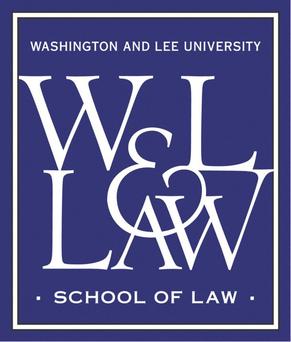
The Washington and Lee University School of Law is the law school of Washington and Lee University, a private liberal arts college in Lexington, Virginia. It is accredited by the American Bar Association. Facilities are on the historic campus of Washington and Lee University in Sydney Lewis Hall. W&L Law has a total enrollment of 380 students in the Juris Doctor program as of 2023, and a 10-to-1 student-to-faculty ratio.

The University of Missouri School of Law is the law school of the University of Missouri. It is located on the university's main campus in Columbia, forty minutes from the Missouri State Capitol in Jefferson City. The school was founded in 1872 by the Curators of the University of Missouri. Its alumni include governors, legislators, judges, attorneys general, and law professors across the country. According to Mizzou Law's 2016 ABA-required disclosures, 82 percent of the 2016 class obtained full-time, long-term, JD-required employment nine months after graduation.

Rutgers Law School is the law school of Rutgers University, with classrooms in Newark and Camden, New Jersey. It is the largest public law school and the 10th largest law school, overall, in the United States. Each class in the three-year J.D. program enrolls approximately 350 law students. Although Rutgers University dates from 1766, its law school was founded in Newark in 1908. Today, Rutgers offers the J.D. and a foreign-lawyer J.D., as well as joint-degree programs that combine a J.D. with a graduate degree from another Rutgers graduate program.

The Indiana University Maurer School of Law is the law school of Indiana University Bloomington, a public research university in Bloomington, Indiana. Established in 1842, the school is named after alumnus Michael S. "Mickey" Maurer, an Indianapolis businessman who donated $35 million to the school in 2008.
The University of Detroit Mercy School of Law is the law school of the University of Detroit Mercy and is located in Downtown Detroit, Michigan across from the Renaissance Center. Founded in 1912, Detroit Mercy Law is a private Roman Catholic law school and has been ABA-accredited since 1933. The Law School has an annual enrollment of 612 students including 223 Nonresident Aliens, and currently has 67 faculty members.





















